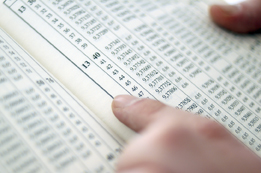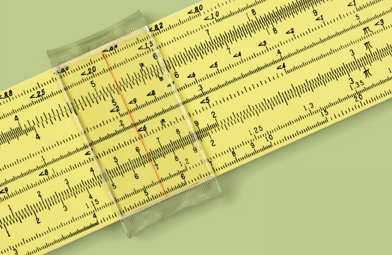Lesson 5
1. Lesson 5
1.6. Connect
Module 7: Exponents and Logarithms
Complete the Lesson 5 Assignment that you saved in your course folder at the beginning of this lesson. Show work to support your answers.
![]() Save your responses in your course folder.
Save your responses in your course folder.
Project Connection
You are now ready to apply your understanding of the exponent laws. Go to the Module 7 Project: At the Movies. Complete Part 2: Logarithmic Scale.
Going Beyond

iStockphoto/Thinkstock
Before pocket calculators were invented, the product and quotient laws of logarithms and a table of logarithms were used to estimate the product or quotient of very large or very small numbers.
For example, to multiply 1298 × 4511, you could do the following:

Use the Logarithmic Table to look up the number whose logarithm is 6.767 548.
5 855 284 ≈ 1298 × 4511
- The preceding example uses values rounded to six decimal places. How accurate of an estimate is this? How could you improve the accuracy?
- Why is using a table of logarithms easier than multiplying or dividing very large or very small numbers by hand?

iStockphoto/Thinkstock
A slide rule includes a condensed logarithmic table and can be used to multiply and divide very large or very small numbers. A version of the slide rule was invented in the 1620s shortly after logarithms. Slide rules were commonly used until the 1970s. It is likely that either your parents or grandparents used a slide rule in their math classes.